The fridge is the heart of the kitchen; take it away, and the whole operation falls apart. Yet, despite this, the fridge is also one of the most overlooked appliances in any kitchen. Most people organize their drawers and shelves for maximum efficiency, while many others buy islands simply to make their culinary playground more space efficient. Heck, I know some people who have passed up on otherwise great apartments because the counter space simply wasn't large enough.
With fridges, however, we have a tendency to just throw everything in and hope for the best. It's one of the reasons why we end up wasting such an inordinate amount of food, and it's also why we can't find that bag of mushrooms, and thus end up with our head buried in the fridge like a dog hiding a bone.
A little strategic organization can do wonders for the efficiency of your fridge; put the right things in the right places and you'll end up knowing where all your ingredients are, all while increasing their shelf life and decreasing your energy bill. Here's how to maximize efficiency in your fridge.
Get Rid of the Condiments
It's common practice to stuff your fridge door with condiments. And while some of them need to stay in the fridge, most are just as happy on a shelf. Ketchup, mustard, and vinegars (just to name a few) will last for months in your cupboard or on your counter, so get them out of the fridge. Eliminating items that don't need to be refrigerated saves you space and decreases the energy needed to keep your fridge cold—all while making it easier for you to store and find things.
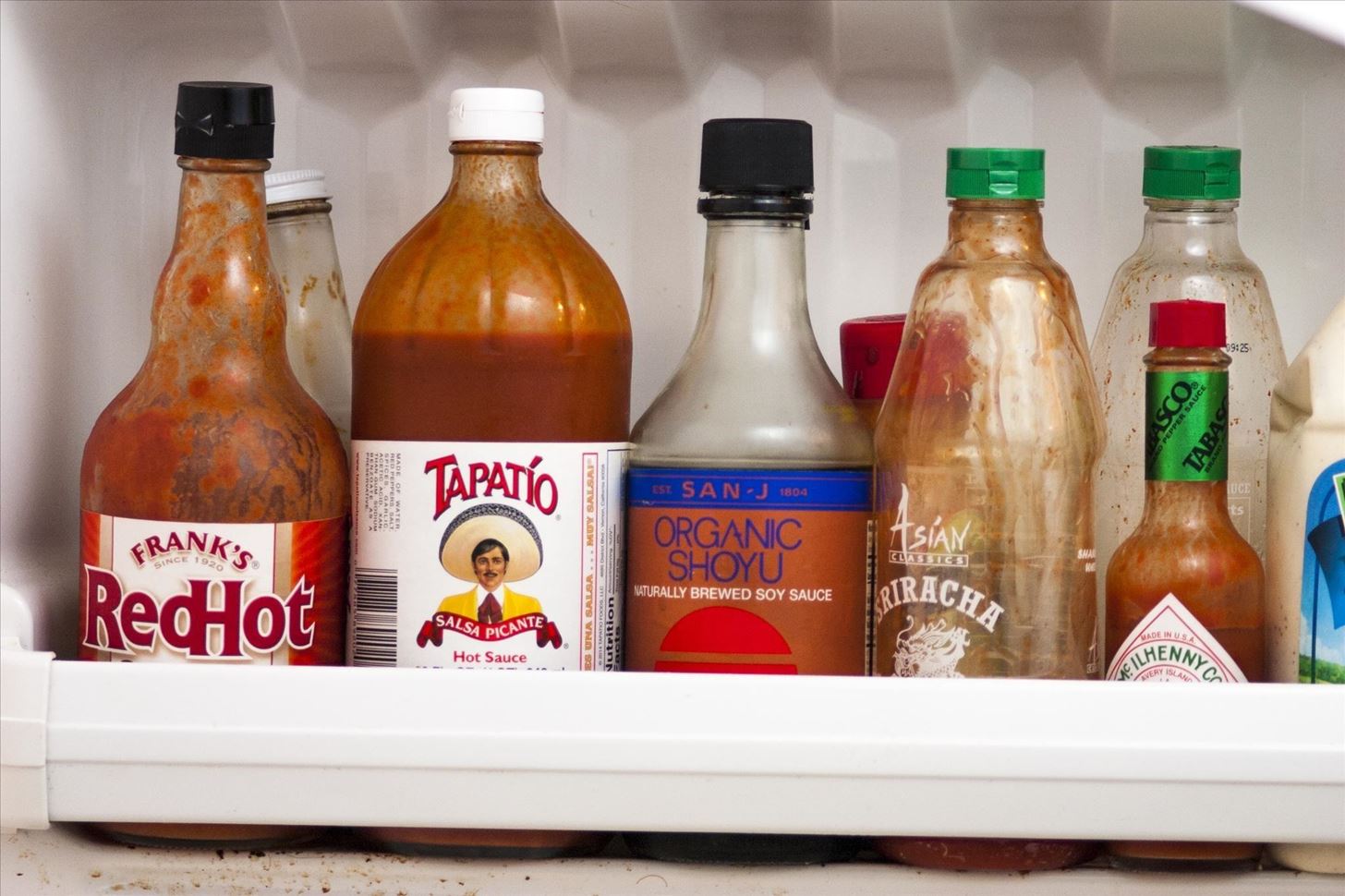
While most condiments are fine on the shelf, egg-based ones (such as mayonnaise), and veggie-based ones (like pickles and capers) should remain in the fridge. That said, virtually every condiment is fine before it has been opened. So if you buy a jar of olives or a tub of mayonnaise, keep it out of the fridge until the food is ready to be opened. You can find a great primer on what condiments should be refrigerated here.
Use Your Door Strategically
Your fridge door is two things: the easiest part of the fridge to access, and the least cold portion of the fridge. As such, you want to stock it with items that you use frequently, but that don't need to be kept freezing cold. In other words, there's a reason there's a butter shelf in the fridge. Use the door for your butter, your condiments (remember: only the ones that need to be chilled), and your juices or beverages.

The Back of the Bottom Shelf: Your Meat Spot
The coldest place in your refrigerator is the very back: that's where you want to keep meat and seafood so that it stays fresh for the longest time possible. You want to use the back of the bottom shelf in particular; partly because the fridge is colder at the bottom, and partly for sanitary reasons, in case of any leakage.
Front & Center: Your Go-to Items
As the back of the bottom shelf is the coldest part of the fridge, it naturally follows that the front of the top shelf is the least cold other than the door. It's also the first thing you see when you open your fridge, and sits at perfect arm level. The most efficient use of this space is to store the things that you use with regularity (such as milk, eggs, and yogurt), and things that will be gone in a day or two (namely leftovers).

Use Bins to Stay Organized
When your fridge gets full, it's incredibly hard to find certain items, especially small ones. My favorite trick is to buy some small plastic bins (you can get them at Target or online for a few bucks), and store similar ingredients in them. I put all of my cheeses in one, and all of my small veggies in another. This makes it that much easier for me to find exactly what I'm looking for.

Check the Temperature
Over time, your fridge will change temperature, so it's important to check it with some regularity. You never want your fridge to be above 40°F, and 34–38°F is the ideal range.

You'll likely have to adjust your temperature gauge over time as your fridge ages, but doing so will keep your food happy and healthy.
What are your favorite refrigerator organizing tips?
Just updated your iPhone? You'll find new emoji, enhanced security, podcast transcripts, Apple Cash virtual numbers, and other useful features. There are even new additions hidden within Safari. Find out what's new and changed on your iPhone with the iOS 17.4 update.
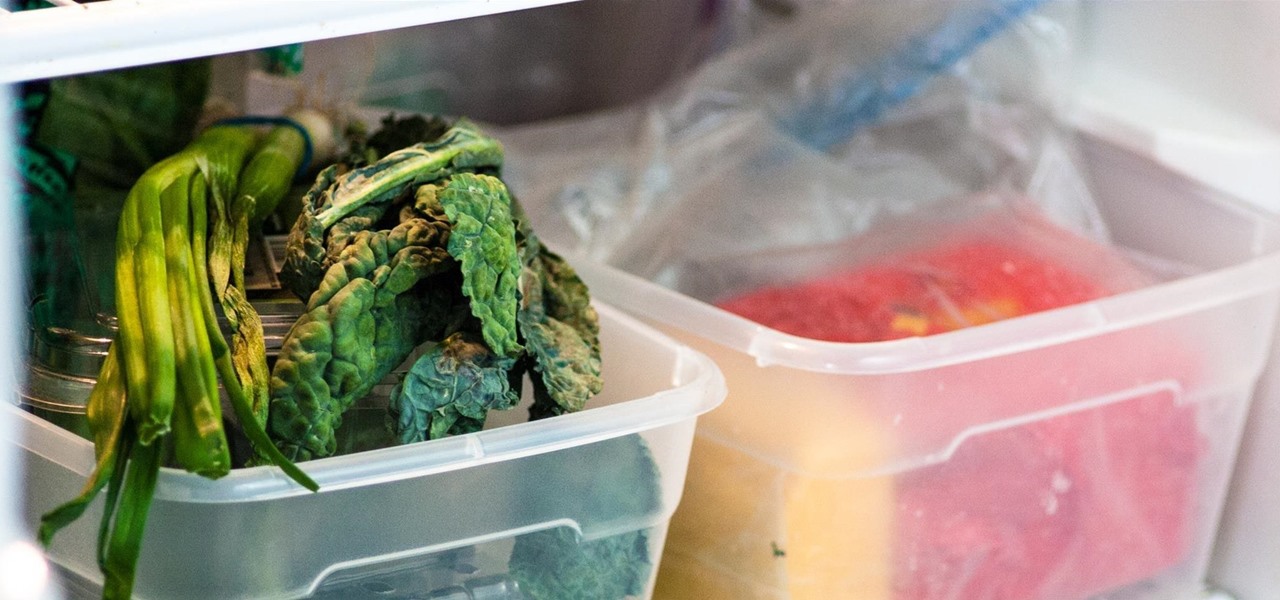




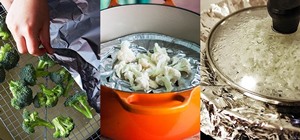
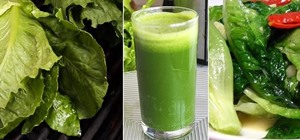

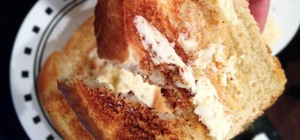
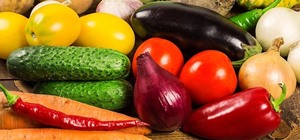









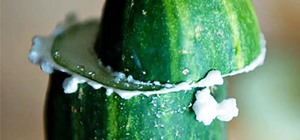

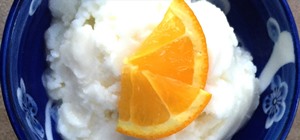
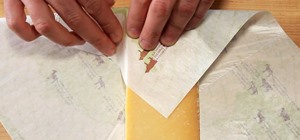
Be the First to Comment
Share Your Thoughts